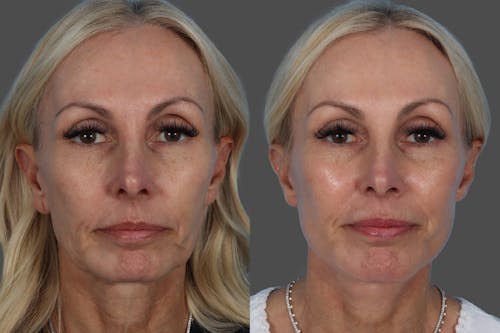Surgeons at the Buckingham Center for Facial Plastic Surgery offer earlobe reduction solutions for patients in Austin, TX and surrounding areas.
Ideal Candidates For Earlobe Reduction/Repair
An earlobe reduction is ideal for men and women who are in good general health and would like to address issues related to their earlobe. With an earlobe reduction procedure, our surgeons reduce the size of earlobes or repair damage that occurs due to trauma, earrings, or aging. Patients should have realistic expectations for the procedure and understand the typical results of earlobe repair before moving forward.












